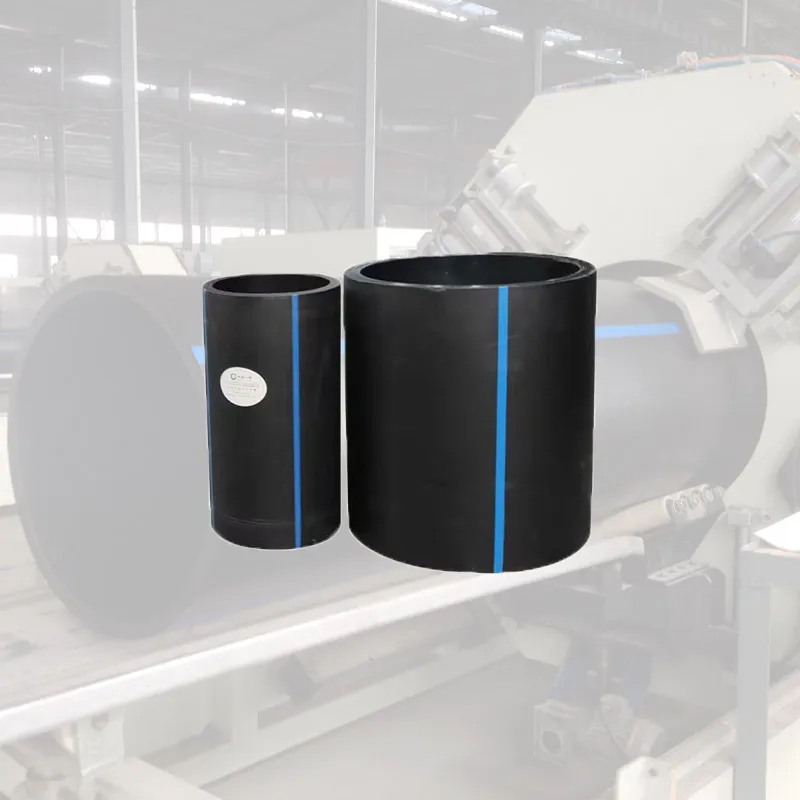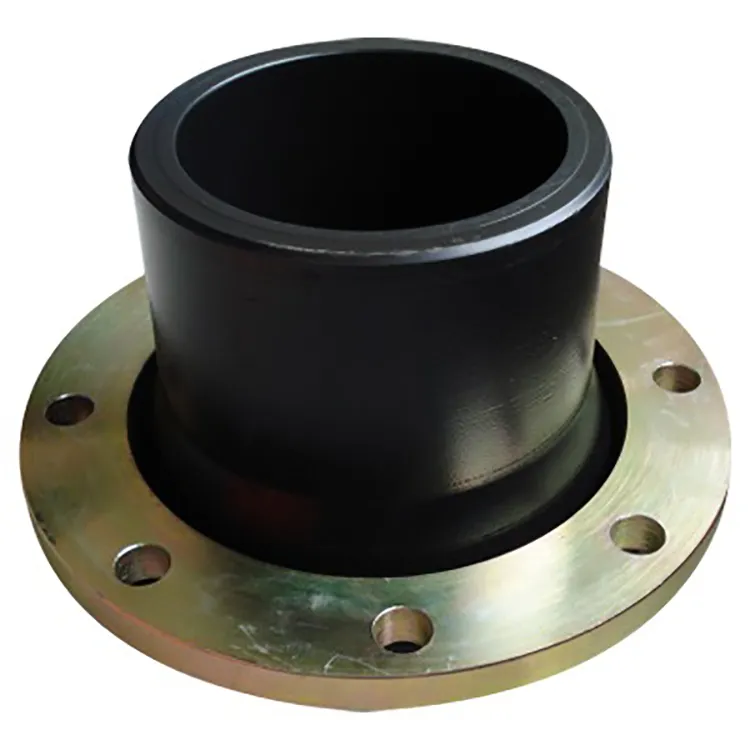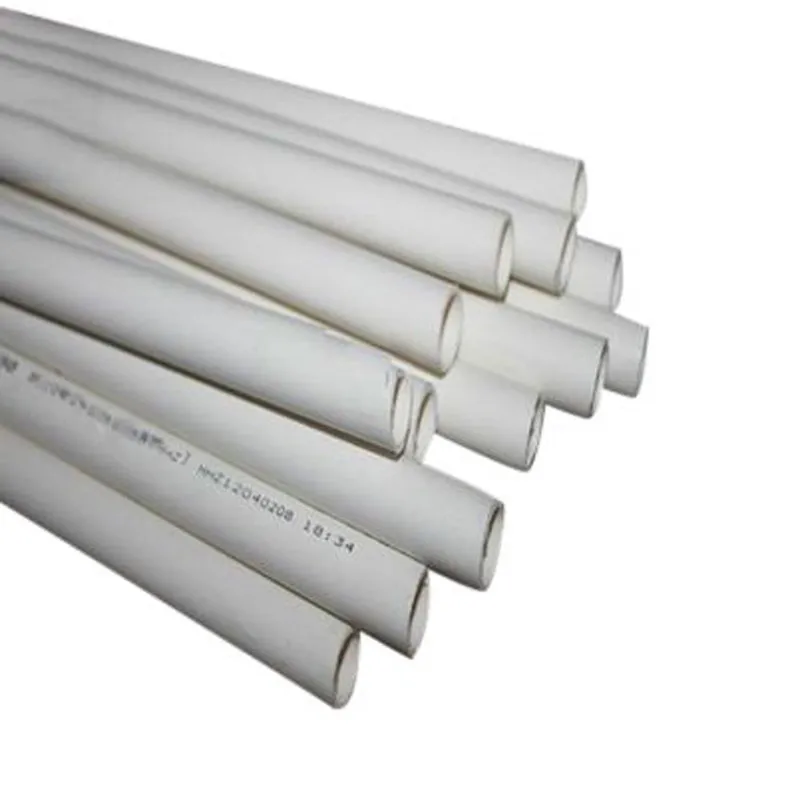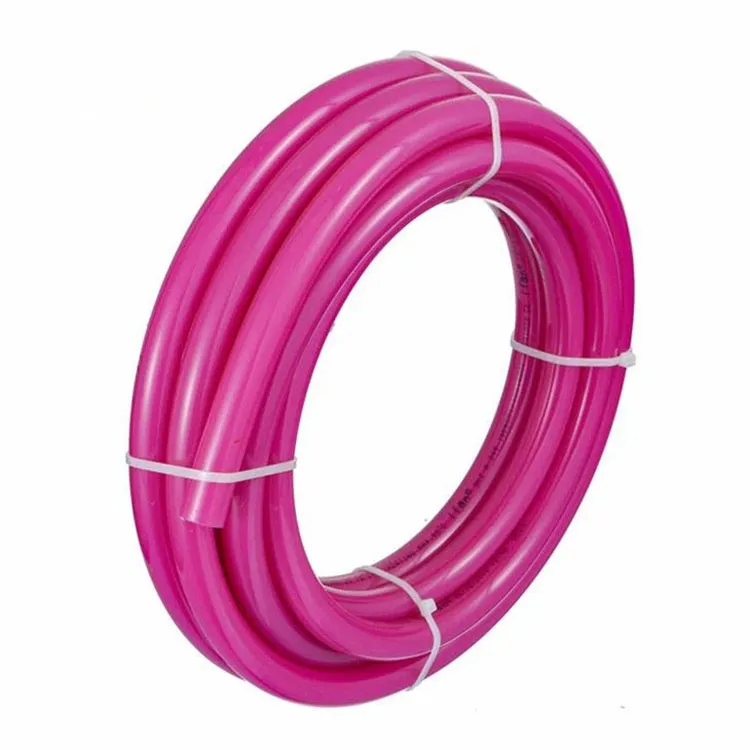High-density polyethylene (HDPE) pipe systems have become a standard solution in modern fluid transportation, offering flexibility, corrosion resistance, and long-term reliability. Among various sizes, 2 inch poly pipe is particularly popular in residential water lines, drip irrigation, and small-scale industrial applications. However, the effectiveness of these pipes is closely tied to the environmental conditions in which they are installed.
In this article, we’ll explore how 2in poly pipe performs as part of HDPE pipe systems under various environmental challenges, and how to choose the right specifications for long-term performance.
What is 2in Poly Pipe?
2-inch poly pipe refers to HDPE pipe with an outside diameter of approximately 50.8 mm (2 inches). It is available in various SDR ratings (Standard Dimension Ratio), which directly determine the pipe's wall thickness and pressure capacity. Common SDR values include SDR11, SDR13.6, and SDR17, which correspond to different pressure ratings.
For example:
SDR11 (thicker wall) is suitable for pressures up to 200 psi (≈1.38 MPa).
SDR17 supports approximately 100 psi and is used in low-pressure applications like gravity flow systems.
2in HDPE pipes are lightweight, easy to handle, and compatible with multiple connection methods including barbed fittings, compression fittings, and butt fusion welding. This makes them versatile and ideal for flexible piping systems.
HDPE Pipe Systems Overview
HDPE pipe systems consist of not only the pipes themselves, but also a range of accessories like fittings, valves, fusion machines, and end caps. These systems are widely used in:
Drinking water distribution
Agricultural irrigation
Mining slurry transport
Wastewater systems
Industrial fluid handling
Key advantages of HDPE pipe systems include:
Chemical resistance: Suitable for aggressive soils and contaminated water.
Leak-free joints: Especially with butt fusion and electrofusion methods.
Long service life: Typically 50 years under normal use.
Flexibility: Can withstand ground movement and temperature changes without cracking.
For a 2-inch system, this means reduced installation costs, fewer maintenance concerns, and greater adaptability in changing environments.
Environmental Conditions Affecting Performance
While HDPE is highly resilient, environmental conditions play a key role in system longevity and performance. Let’s look at how 2in poly pipes respond to the most common environmental challenges:
1. Temperature Extremes
HDPE performs well in a wide temperature range. In cold environments, 2in HDPE pipe remains flexible and resists cracking due to freeze-thaw cycles. It does not become brittle like PVC or metal pipes.
In hot climates, elevated temperatures reduce the pipe’s pressure rating. For instance, an SDR11 pipe rated at 200 psi at 23°C may need to be derated to around 160 psi at 40°C. Proper design must account for temperature-based pressure de-rating.
2. UV Exposure
HDPE pipes can degrade under long-term direct sunlight if not stabilized. However, most industrial-grade HDPE pipes include carbon black, a UV stabilizer that protects the pipe from sunlight. Still, for exposed installations, it is recommended to:
Use UV-resistant HDPE pipes
Consider protective coverings or burial
3. Soil and Chemical Conditions
Soil chemistry can affect traditional metal or cement pipes, but HDPE is chemically inert, resisting acids, alkalis, and most salts. This makes it ideal for use in:
Agricultural environments with fertilizers
Industrial areas with chemical runoff
Coastal regions with saline soils
Unlike metal pipes, HDPE does not corrode, and unlike concrete, it doesn’t degrade in acidic soil.
4. Ground Movement and Vibration
2in HDPE pipe is highly flexible and can absorb minor shifts, vibrations, and even seismic activity without breaking. This makes it ideal for:
Areas with frequent frost heaving
Sites prone to minor earthquakes
Installations under roads or near heavy machinery
The small diameter also makes it easier to install using trenchless methods like horizontal directional drilling (HDD).
Choosing the Right 2in HDPE Pipe for Your Project
When selecting a 2in poly pipe for your system, consider:
Pressure requirements: Choose the appropriate SDR based on your system’s operating pressure.
Material grade: PE100 is recommended for higher strength and longer life.
Environmental exposure: UV-stabilized pipe if above ground; chemical-resistant if exposed to aggressive soils.
Installation conditions: For direct burial, ensure proper bedding and trench depth; for surface applications, use supports to prevent sagging.
If your project involves extreme environments or strict regulations (e.g., potable water, wastewater treatment), always request certified pipes (e.g., NSF, ISO 4427, ASTM F714).
Installation Considerations
To ensure reliable performance over decades, follow best practices:
Burial depth: Minimum 18–24 inches for 2in pipe in most conditions; deeper in freeze zones.
Backfill: Use soft, rock-free materials to avoid damage during compaction.
Above-ground support: Support every 3–4 feet to avoid stress and sagging.
Fusion joints: Follow manufacturer guidelines for heating time, pressure, and cooling.
HDPE pipe systems are low-maintenance, but periodic inspections are useful in demanding environments.




319.webp)
862.webp)
586.webp)
659.webp)
210.webp)
328.webp)

294.webp)
476.webp)
420.webp)
146.webp)


